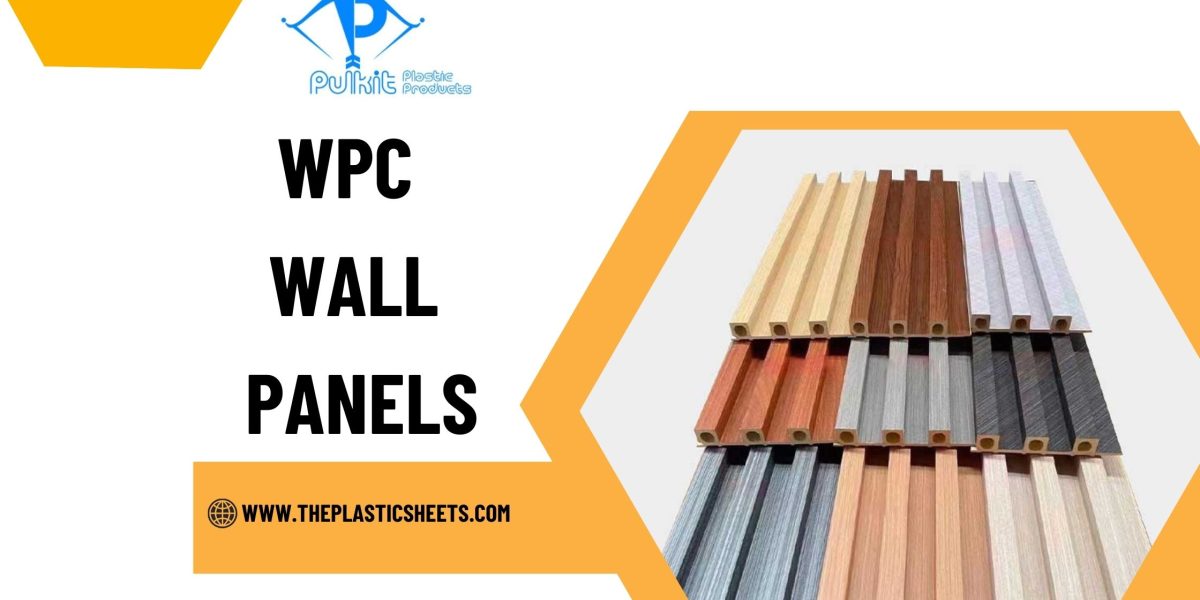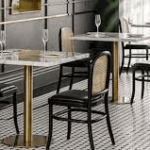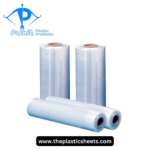In the ever-evolving world of interior design, the materials we choose play a critical role in defining aesthetics, functionality, and sustainability. One innovative solution that is transforming the industry is the use of WPC (Wood-Plastic Composite) wall panels. This versatile and modern material is increasingly becoming a popular choice for both residential and commercial spaces. In this article, we’ll explore what WPC wall panels are, their benefits, applications, and why they are poised to be the future of interior design.
Understanding WPC Wall Panels
WPC wall panels are composed of a blend of wood fibers and plastic materials—hence the name “wood-plastic composite.” The combination of these materials results in a product that is durable, lightweight, and offers the aesthetic appeal of natural wood while incorporating the practicality of synthetic materials. Typically, WPC wall panels are designed to mimic various wood finishes, allowing for a wide array of design options that remain visually appealing.
Characteristics of WPC Wall Panels
- Water Resistance: Unlike traditional wood panels, WPC wall panels are resistant to moisture and water damage. This makes them suitable for areas prone to humidity or spills, such as kitchens and bathrooms.
- Low Maintenance: WPC panels require minimal upkeep compared to conventional wood. They do not need regular painting or sealing, making them a cost-effective alternative over time.
- Eco-Friendly: WPC panels are often made from recycled materials, contributing to sustainability. The use of wood fiber in their manufacturing reduces the demand for virgin timber, making them a more environmentally friendly option.
- Durability: WPC panels are engineered to withstand wear and tear, making them a popular choice for both residential and commercial use.
- Variety of Designs: Available in an extensive range of colors, textures, and finishes, WPC wall panels cater to diverse design preferences. From contemporary looks to classic styles, they can complement any décor.
Why WPC Wall Panels Are the Future of Interior Design
Sustainability and Eco-friendliness
With a growing emphasis on sustainable building materials, WPC wall panels emerge as a solution that combines functionality with environmental responsibility. Many consumers are increasingly inclined to choose materials that minimize environmental impact, and WPC panels fit this criterion by utilizing recycled wood and plastics.
The initial Wood panel price can often deter homeowners or designers from using traditional wooden panels. However, WPC panels provide a competitive and cost-effective alternative. While they can be slightly more expensive than some low-quality materials, the long-term savings due to their durability and low maintenance make them a sound investment. The absence of expensive treatments and finishes typically required for natural wood contributes to their affordability.
Versatility in Design Options
Interior design is all about expressing style and creating atmosphere. WPC wall panels offer an impressive variety of textures and finishes that allow designers to create unique, chic environments. Their versatility allows them to be used in various applications, including accent walls, feature walls, and entire room paneling. The ability to mix and match styles, colors, and textures makes them ideal for both residential and commercial spaces.
Easy Installation
WPC wall panels are generally easier to install than traditional wooden panels. Their lightweight construction means fewer tools and less labor are required for installation. This can lead to savings in construction or renovation projects, making them an appealing choice for builders and designers alike.
Enhanced Aesthetic Appeal
The natural look and feel of wood combined with the advantages of plastic make WPC wall panels a highly aesthetic choice. The panels can be designed to mimic various wood species or even feature unique designs such as Wooden fluted panel styles, offering an opportunity to create sophisticated and visually pleasing spaces.
Ideal for Outdoor Applications
Beyond interior uses, WPC wall panels are also an excellent option for Outdoor paneling for walls. Their inherent resistance to moisture and harsh weather conditions makes them suitable for outdoor spaces such as patios, decks, and exterior walls, blending function and beauty seamlessly.
Applications of WPC Wall Panels
WPC wall panels can be used extensively in various environments:
- Residential Spaces: They can be applied in living rooms, bedrooms, kitchens, and bathrooms, adding both beauty and value to homes.
- Commercial Spaces: WPC wall panels are increasingly popular in offices, restaurants, and retail environments where aesthetics meet functionality.
- Hospitality Sector: Hotels and resorts can leverage the elegant appearance of WPC walls to create inviting and comfortable atmospheres for guests.
- Healthcare Facilities: The low maintenance requirements and hygienic properties of WPC panels make them ideal for hospitals and clinics where cleanliness is paramount.
Choosing the Right WPC Wall Panels
When deciding to augment your space with WPC wall panels, several factors should be considered:
- Quality: Always opt for reputable manufacturers like Pulkit Plastic Products known for producing high-quality and durable WPC wall panels. Researching the features and specifications of the products available can also help in selecting the best option suited to your needs.
- Design: Consider the design aesthetics and how the WPC wall panels can fit into your overall vision. Customizable options are often available, allowing you to tailor the panels for a cohesive look.
- Cost: Pricing can vary widely based on the supplier and quality. It’s vital to evaluate the wooden fluted panel price and other styles on the market to find options that suit your budget without compromising on quality.
Conclusion
WPC wall panels are revolutionizing the way we think about material choices in interior design. With their blend of aesthetics, durability, eco-friendliness, and versatility, it’s no wonder they are being embraced across residential and commercial sectors alike. As sustainability continues to shape the future of design, WPC wall panels offer a contemporary solution that fulfills both style and function.
Investing in WPC wall panels not only enhances the beauty of your space but also contributes to a more sustainable future. With numerous options available today, such as custom designs and varying textures, the potential for creativity in interiors is virtually limitless. Embracing WPC wall panels is not just a smart design choice; it’s a step toward a more sustainable and aesthetically pleasing environment.
FAQs
1. What is the lifespan of WPC wall panels?
WPC wall panels can last for 25 years or more, depending on the quality of materials used and installation methods. Regular maintenance can further extend their durability.
2. Can WPC wall panels be painted?
WPC panels typically do not require painting; however, if you wish to change their color, specific types of paint designed for synthetic materials may be used.
3. Are WPC wall panels resistant to pests?
Yes, one of the advantages of WPC wall panels is that they are resistant to common wood pests like termites and wood borers, adding to their longevity.












